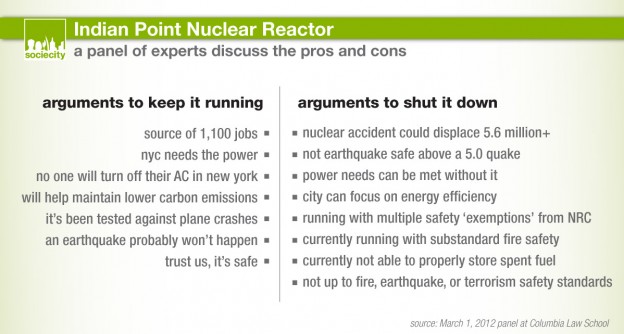The automotive industry is one of the most competitive in the world. It’s so competitive that the Ford Motor Co , founded in 1903 by Henry Ford the legendary pioneer, innovator, and father of the assembly line, has fallen all the way to the third spot in U.S. auto sales. Just a few weeks ago, Ford was ousted from its longtime No. 2 spot by the Japan-based Toyota Motor Co. , a clear sign that the strategic landscape in the auto sector is changing, and that nothing can be taken for granted. Soaring gas prices and environmental concerns have blown the door wide open for fuel-efficient hybrid cars. Registrations of new hybrid automobiles increased 35% to nearly 290,000 vehicles in the first 10 months of 2007, according to data from R.L. Polk and Co., an auto information and marketing company.
The company sold 277,750 hybrid vehicles last year, up 44% from 2006. Toyota’s Prius, Camry, and Highlander are considered the best hybrids on the market today. In fact, the Prius is the industry’s best-selling hybrid vehicle.
The latest addition to Toyota’s hybrid family is the company’s A-BAT, a concept truck set to debut at the 2008 North American International Auto Show in Detroit. According to BusinessWeek, the vehicle is roughly the size of Toyota’s smallest SUV, the RAV4. Its oversized grill and rugged body type are designed to appeal to truck enthusiasts, but the heart of the truck is its hybrid engine. Analysts have labeled the pseudo-truck as a bold attempt to capitalize on a market shift toward fuel-efficient and eco-friendly vehicles, without alienating traditional “red-state” truck owners
“Toyota is the world leader in hybrid technology.”
Hybrid Cars offer drivers an innovative, efficient, and affordable option. After years of ‘on the road’ development, gas-electric hybrid cars have become a practical choice for consumers. Hybrid-electric vehicles combine the benefits of gasoline engines and electric motors and can be configured to obtain different objectives, such as improved fuel economy, increased power, or additional auxiliary power for electronic devices and power tools.
Some of the advanced technologies typically used by hybrids include…
- Regenerative Braking. The electric motor applies resistance to the drivetrain causing the wheels to slow down. In return, the energy from the wheels turns the motor, which functions as a generator, converting energy normally wasted during coasting and braking into electricity, which is stored in a battery until needed by the electric motor.
- Electric Motor Drive/Assist. The electric motor provides additional power to assist the engine in accelerating, passing, or hill climbing. This allows a smaller, more efficient engine to be used. In some vehicles, the motor alone provides power for low-speed driving conditions where internal combustion engines are least efficient.
- Automatic Start/Shutoff. Automatically shuts off the engine when the vehicle comes to a stop and restarts it when the accelerator is pressed. This prevents wasted energy from idling.
Example of Hybrid automobile…
2012 Kia Optima Hybrid
4/5 seat sedan
Transmission: 6-speed automatic
Mileage (mpg): 42 city/ 46 hwy
Range per fillup (miles) : 600+
2012 US Base Retail Price: $26,500
Features
Steering wheel audio and phone controls
Vehicle stability management system
Front dam air flap reduces wind resistance
Active eco-system regulates engine management
Voice-command, touch screen radio control
Vehicle smart key; auto-dim rear view mirror
UVO infotainment system
IPod USB connectivity; Bluetooth
“Revenge of the Electric Car,”
Then there is the electric car. Fuel cell vehicles and hybrid cars are also technically “electric,” but this is not what the auto industry means when it talks about electric cars. These cars run on rechargeable battery powers, often coming from pricey lithium-ion battery packs. The price of such batteries has contributed to high prices for these cars and therefore low sales, but introductions like the new Nissan Leaf
car and other smaller “mini” cars tailored for city life are becoming more and more popular. In addition to being totally gas-free, the electric car has plenty of other advantages – for one, it runs nearly silently when compared to traditional motors.
In the 2006 documentary “Who Killed the Electric Car?” filmmaker Chris Paine chronicled the creation – and subsequent destruction – of electric cars by an auto industry resistant to change, environment be damned. I highly reccommend this documentary. You guys should watch it.
REFRENCES…..

 As you can see, for this solar energy lab we used a flashlight as a light source, a solar panel and different color light filters. The purpose of the lab was to perform several experiments to try to gain an understanding of the relationship between light intensity and the voltage output of the solar cell, as well as the relationship between the wavelength of light and the voltage output of the
As you can see, for this solar energy lab we used a flashlight as a light source, a solar panel and different color light filters. The purpose of the lab was to perform several experiments to try to gain an understanding of the relationship between light intensity and the voltage output of the solar cell, as well as the relationship between the wavelength of light and the voltage output of the






















